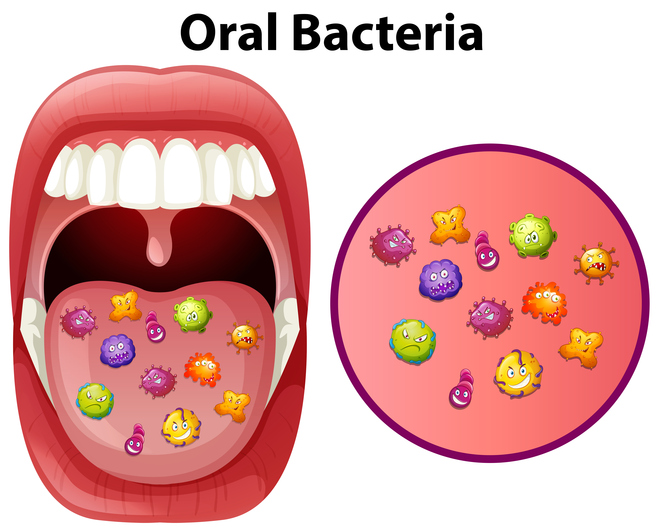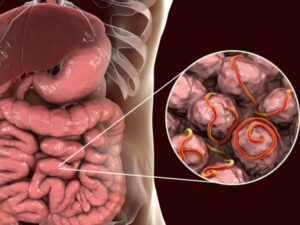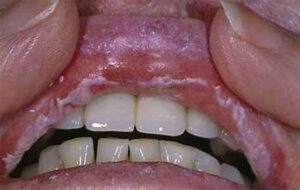What is a Oral infection
What is a Oral infection
An oral infection is an infection that occurs in or around the mouth, including the teeth, gums, tongue, lips, cheeks, or jaw. These infections are typically caused by bacteria, viruses, or fungi and can range from mild to severe.
Common Types of Oral Infections
Tooth Abscess
A pocket of pus caused by a bacterial infection in or around a tooth.
Symptoms: severe toothache, swelling, fever, bad taste in mouth.
Gingivitis
Inflammation of the gums, usually due to plaque buildup.
Symptoms: red, swollen, bleeding gums.
Periodontitis
A more advanced gum infection that damages the soft tissue and bone supporting the teeth.
Can lead to tooth loss if untreated.
Oral Thrush (Candidiasis)
A fungal infection caused by Candida albicans.
Symptoms: white patches on the tongue or inside the cheeks, soreness.
Herpes Simplex Virus (Cold Sores)
Viral infection causing painful blisters on the lips or mouth.
Caused by HSV-1 (Herpes Simplex Virus type 1).
Pericoronitis
Infection of the gum tissue around a partially erupted tooth (commonly wisdom teeth).
Symptoms: swelling, pain, difficulty opening the mouth.
Symptoms of Oral Infections
Pain or swelling in the mouth or jaw
Red, swollen, or bleeding gums
Bad breath or bad taste
Pus discharge
Difficulty chewing or swallowing
Fever (in severe cases)
Causes
Poor oral hygiene
Untreated cavities
Smoking or tobacco use
Weakened immune system
Dry mouth
Ill-fitting dental appliances
Treatment
Antibiotics (for bacterial infections)
Antifungal or antiviral medication
Drainage of abscesses
Deep cleaning (scaling and root planing)
Good oral hygiene practices
Prevention
Brush and floss daily
Visit the dentist regularly
Eat a balanced diet
Avoid smoking and excessive sugar
Stay hydrated





